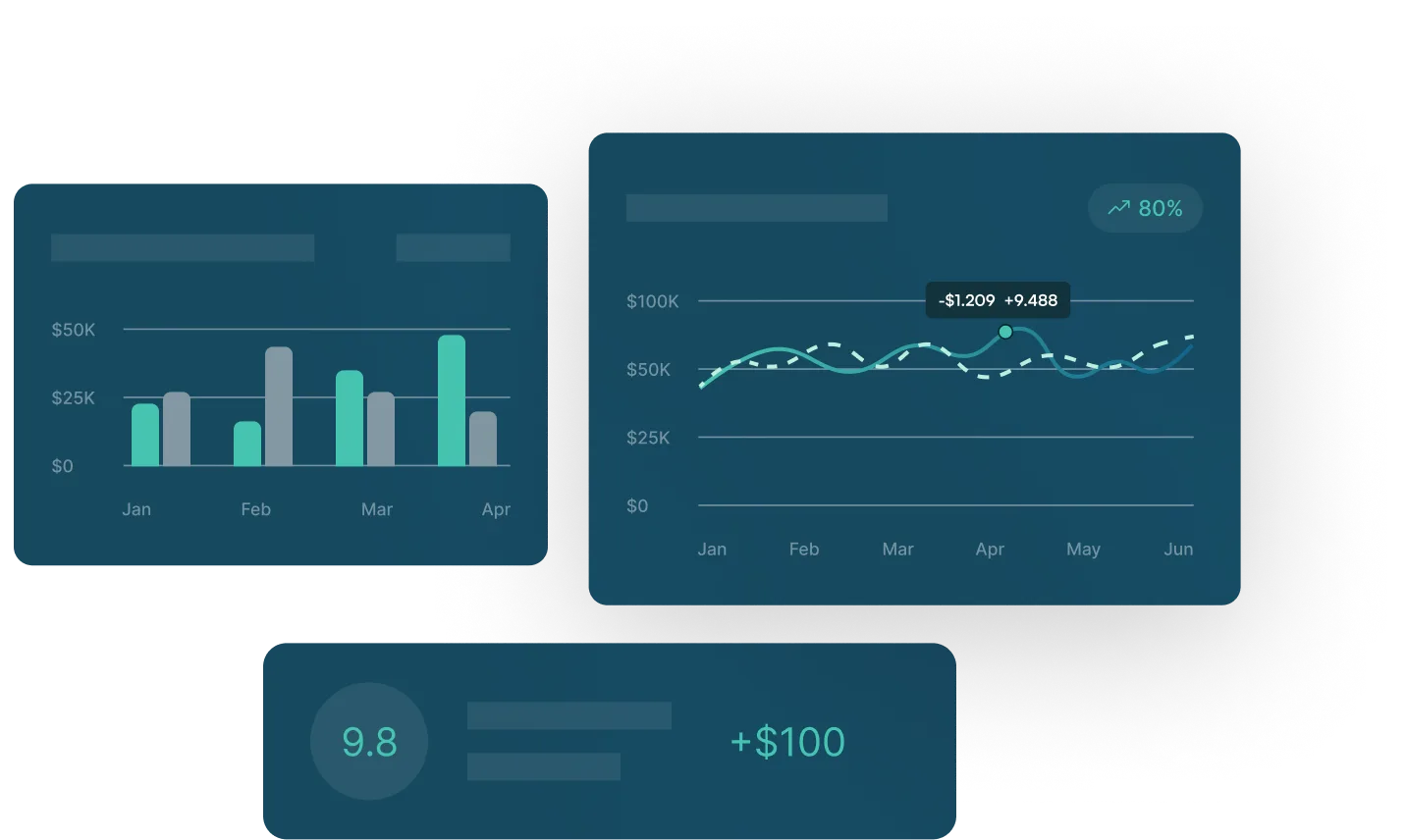Restoring Economic Integrity in Foreign Currency Hedging


Treasuries use cash pooling — also known as a cash sweeping system — to provide liquidity to legal entities, aggregate cash for investment or to accelerate debt repayment.
Cash Pooling
ABC Corporation deploys an international treasury center so it can sweep excess cash from each foreign subsidiary to repay its USD denominated debt. By taking a subsidiary’s cash “early” and to avoid a deemed dividend, the Company creates an inter-company loan between itself and the lending subsidiary. Typically, the currency of denomination for the loan would be in the subsidiary’s local (functional) currency. This aggregates all excess cash and the related foreign currency exposure at the parent, allowing ABC Co. to effectively manage its balance sheet exposure risk.
Hedging Inter-company Loans
ABC Corporation has a policy of mitigating foreign currency gains and losses and balance sheet hedges each of its inter-company loan payables to eliminate the related FX noise.
To do this, the Company enters into a buy forward currency contract for each currency borrowed. The change in value of the derivative offsets the change in value of the inter-company loan.
Risk of Hedging Uneconomic Exposures
The Company is likely creating economic risk by hedging inter-company loans derived from a cash sweep. It is creating risk because the company has already repatriated the funds, converted them to US dollars and is likely using those dollars to reduce debt or invest, and the hedge is synthetically turning the USD back into foreign currency.
Hedge Trackers has identified this far too common circumstance and has found a way to mitigate the foreign exchange P&L risk from the loans while not creating an economic risk from the hedge.
Restoring Economics of an Uneconomic Hedge Program
Idea #1: Designating the Inter-Company Loans as Long-term
One solution companies might considered is to designate the inter-company loans as of a long-term nature under ASC 830.
The loans are rarely expected to be repaid in the foreseeable future, which would allow the change in value of the loans to impact equity instead of the income statement. However, tax and other considerations frequently do not permit this long-term inter-company designation.
Hedge Trackers has proposed a different solution to the problem.
Idea #2: Restoration Swap
The subsidiaries loaning funds to the parent are cash-rich, generally resulting int an entity with a net asset (entity assets > entity liabilities) position at each subsidiary. When the net asset position of the entity is greater than the inter-company borrowing, there is an opportunity to eliminate the economic risk of turning USD into foreign currencies without taking away the currency protection in the FX gain/loss line.
Here’s how a restoration swap works:
(1) Buy Euro Forward Foreign Currency Contract
ABC Co. hedged away the FX gain/loss risk with a buy euro forward foreign currency contract. This is a non-designated hedge under ASC 815, and all changes in value run through income. The change in value of the hedge offsets the change in value of the loan (except for forward points).
(2) Simultaneously Sell Euro Forward Foreign Currency Contract
ABC Co. simultaneously enters into a sell euro forward foreign currency contract at the same (or similar) rate as the buy forward contract. Your execution strategy and relationship with your financial institutions will determine how close the two contract prices will be.
The new sell forward contract will be designated under ASC 815 as a Net Investment Hedge with the forward points excluded and recognized in FX Gain/Loss so they offset the forward points of the original buy forward balance sheet hedge. The spot to spot change in value of the second hedge impacts the equity section of the balance sheet. In addition, there is a dollar for dollar offset of the cash flows on the two hedges (buy forward and sell forward) so there are no settlement requirements.
An additional byproduct of implementing this hedge strategy has been tremendous forward point savings. A number of Hedge Trackers clients that have implemented the program have saved millions of dollars in forward point costs—both a cash savings and positive earnings impact. As long as interest rates in currencies swept are lower than USD interest rates, this savings will continue as an additional benefit of restoration swaps.
To recap, the cash flows of the two hedges offset, the forward points for both contract impact income and offset, and the change in value of hedge number one mitigates the inter-company loan income statement impact. We call this approach a “Restoration Swap” because the simultaneous buy and sell swap restores the economics of the hedge program and allows for both economic and accounting offsets.
Finding a Balance
Using an international cash sweep to accelerate cash back to the US is a common structure. However, it has some complications, such as creating inter-company loans and balance sheet exposure due to the different functional currencies of each subsidiary relative to the parent.
Companies typically hedge away the foreign currency impact of their inter-company loans but, by doing so, create an economic risk for the Company. The forward foreign currency contract balance sheet hedge is effectively turning the USD cash back into foreign currencies.
A Net Investment hedge in the opposite direction of the inter-company loan balance sheet hedge (aka Restoration Swap) protects the Company’s USD cash and also allows for foreign currency gain/loss mitigation on the FX gain/loss line. With a Restoration Swap, the accounting and the economics are now in balance.
Restoring Economic Integrity in Foreign Currency Hedging
Treasuries use cash pooling — also known as a cash sweeping system — to provide liquidity to legal entities, aggregate cash for investment or to accelerate debt repayment.
Cash Pooling
ABC Corporation deploys an international treasury center so it can sweep excess cash from each foreign subsidiary to repay its USD denominated debt. By taking a subsidiary’s cash “early” and to avoid a deemed dividend, the Company creates an inter-company loan between itself and the lending subsidiary. Typically, the currency of denomination for the loan would be in the subsidiary’s local (functional) currency. This aggregates all excess cash and the related foreign currency exposure at the parent, allowing ABC Co. to effectively manage its balance sheet exposure risk.
Hedging Inter-company Loans
ABC Corporation has a policy of mitigating foreign currency gains and losses and balance sheet hedges each of its inter-company loan payables to eliminate the related FX noise.
To do this, the Company enters into a buy forward currency contract for each currency borrowed. The change in value of the derivative offsets the change in value of the inter-company loan.
Risk of Hedging Uneconomic Exposures
The Company is likely creating economic risk by hedging inter-company loans derived from a cash sweep. It is creating risk because the company has already repatriated the funds, converted them to US dollars and is likely using those dollars to reduce debt or invest, and the hedge is synthetically turning the USD back into foreign currency.
Hedge Trackers has identified this far too common circumstance and has found a way to mitigate the foreign exchange P&L risk from the loans while not creating an economic risk from the hedge.
Restoring Economics of an Uneconomic Hedge Program
Idea #1: Designating the Inter-Company Loans as Long-term
One solution companies might considered is to designate the inter-company loans as of a long-term nature under ASC 830.
The loans are rarely expected to be repaid in the foreseeable future, which would allow the change in value of the loans to impact equity instead of the income statement. However, tax and other considerations frequently do not permit this long-term inter-company designation.
Hedge Trackers has proposed a different solution to the problem.
Idea #2: Restoration Swap
The subsidiaries loaning funds to the parent are cash-rich, generally resulting int an entity with a net asset (entity assets > entity liabilities) position at each subsidiary. When the net asset position of the entity is greater than the inter-company borrowing, there is an opportunity to eliminate the economic risk of turning USD into foreign currencies without taking away the currency protection in the FX gain/loss line.
Here’s how a restoration swap works:
(1) Buy Euro Forward Foreign Currency Contract
ABC Co. hedged away the FX gain/loss risk with a buy euro forward foreign currency contract. This is a non-designated hedge under ASC 815, and all changes in value run through income. The change in value of the hedge offsets the change in value of the loan (except for forward points).
(2) Simultaneously Sell Euro Forward Foreign Currency Contract
ABC Co. simultaneously enters into a sell euro forward foreign currency contract at the same (or similar) rate as the buy forward contract. Your execution strategy and relationship with your financial institutions will determine how close the two contract prices will be.
The new sell forward contract will be designated under ASC 815 as a Net Investment Hedge with the forward points excluded and recognized in FX Gain/Loss so they offset the forward points of the original buy forward balance sheet hedge. The spot to spot change in value of the second hedge impacts the equity section of the balance sheet. In addition, there is a dollar for dollar offset of the cash flows on the two hedges (buy forward and sell forward) so there are no settlement requirements.
An additional byproduct of implementing this hedge strategy has been tremendous forward point savings. A number of Hedge Trackers clients that have implemented the program have saved millions of dollars in forward point costs—both a cash savings and positive earnings impact. As long as interest rates in currencies swept are lower than USD interest rates, this savings will continue as an additional benefit of restoration swaps.
To recap, the cash flows of the two hedges offset, the forward points for both contract impact income and offset, and the change in value of hedge number one mitigates the inter-company loan income statement impact. We call this approach a “Restoration Swap” because the simultaneous buy and sell swap restores the economics of the hedge program and allows for both economic and accounting offsets.
Finding a Balance
Using an international cash sweep to accelerate cash back to the US is a common structure. However, it has some complications, such as creating inter-company loans and balance sheet exposure due to the different functional currencies of each subsidiary relative to the parent.
Companies typically hedge away the foreign currency impact of their inter-company loans but, by doing so, create an economic risk for the Company. The forward foreign currency contract balance sheet hedge is effectively turning the USD cash back into foreign currencies.
A Net Investment hedge in the opposite direction of the inter-company loan balance sheet hedge (aka Restoration Swap) protects the Company’s USD cash and also allows for foreign currency gain/loss mitigation on the FX gain/loss line. With a Restoration Swap, the accounting and the economics are now in balance.

See GTreasury in Action
Get connected with supportive experts, comprehensive solutions, and untapped possibility today.































.png)







.png)












.jpeg)

.jpeg)


.jpeg)







.jpeg)

.jpeg)





.jpeg)


.jpeg)

.jpeg)







.jpeg)



.jpg)





